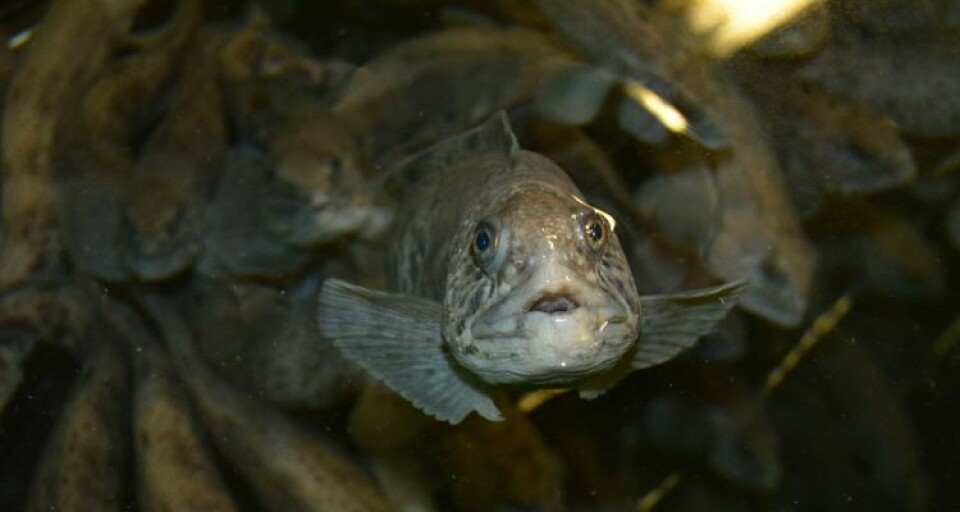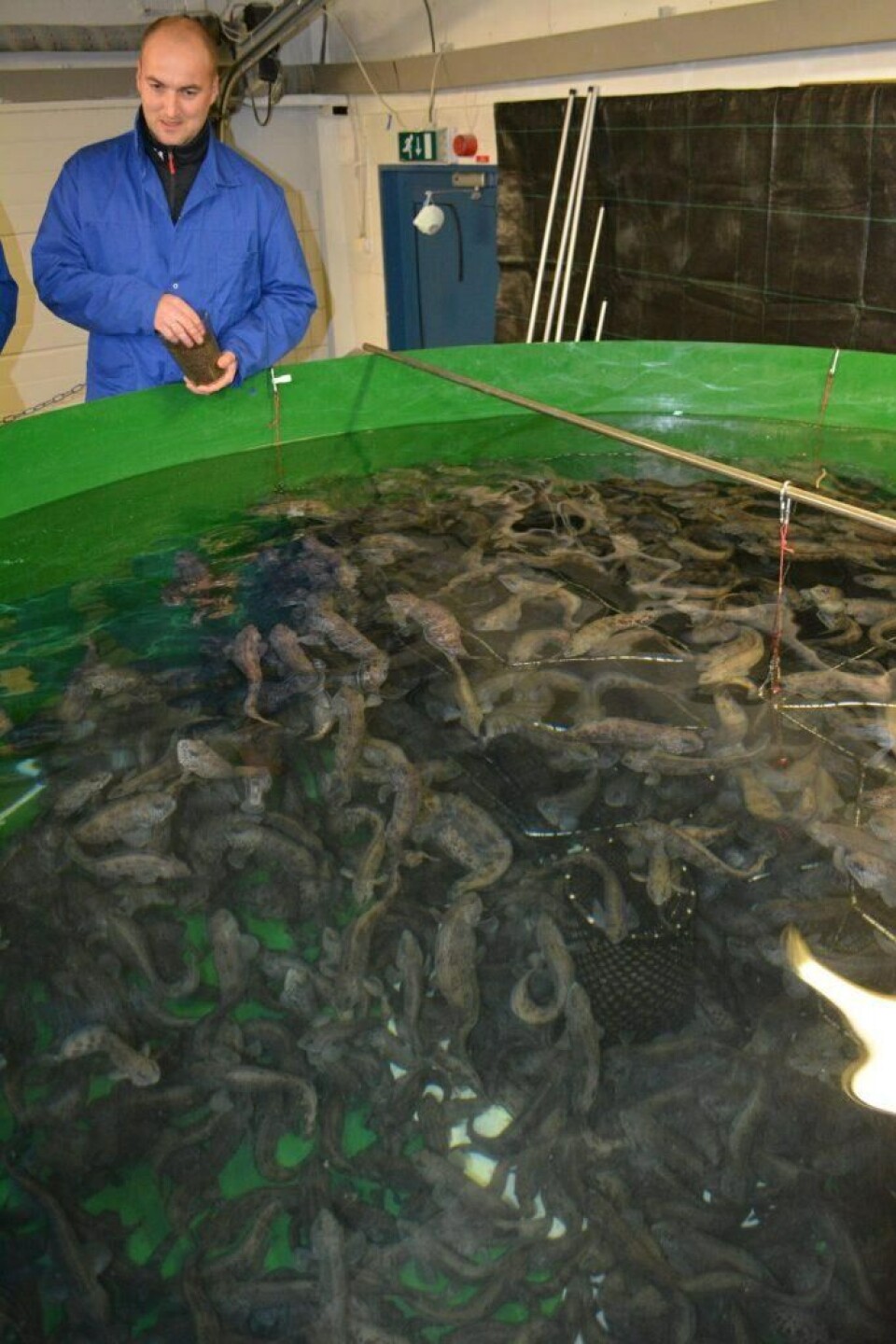
20,000 tonne opportunity
An international research network for breeding of spotted wolffish (Anarhichas minor) has now been established, following a 2-day gathering in Norway which focused on the production of the species last week.

“Dedicated scientists from Nord University, Akvaplan-Niva, University of Gothenburg, University of Quebec and the Marine Research Institute in Iceland attended,” says Willy Sandaa, general manager of Aminor – the Norwegian firm which is currently the world's only farmer of the deepwater species.
“For our part, it's incredibly inspiring to see so many researchers have been working on, and still want to continue working on, new projects that can help to create a sustainable investment in nature,” he adds.
On the first day the researchers toured of one of Nord University’s many trials rooms, where they got to see the ongoing feeding trials of juveniles provided by the breeder. The following day they were able to tour the Aminor production premises at Halsa in Meløy – which included the hatchery, first feeding, fry and on-growing. Thursday morning they visited Nord University research station in Mørkvedbukta – including the pilot plant, the growth experiments on Aminor fry and the broodstock, which are kept jointly by the university and Aminor.
The new research network has been christened WOLFNET, and Sandaa is convinced it will provide a welcome shot in the arm for the species, following a significant slump in wild stocks in recent years.
“An international research network is important to tie together those who have researched the environment, nutrition and production of wolffish previously. Ten years ago there was a lot of activity, but it became quieter. To drive forward the breeding programme more knowledge is needed,” he says.
Sandaa points out that developing special feed for the species, as well as selective breeding programmes, would both be particularly welcome.
“All our stock comes from wild fish captured in the early 2000s, so there is currently a need to bring in new stock. The Canadian wolffish fishery has been suspended, while Iceland has reported historically low landings. Evidence indicates that stocks have fallen dramatically, which is another good reason to increase investment in farming. The market is estimated to be around 20,000 tonnes,” he added.
Sandaa has experience with both cod and halibut farming and has produced spotted wolffish since 2014.
“Although we are talking about a marine whitefish they are very different to cod, halibut and lumpfish and take 36 months to grow from hatch to harvest,” he concludes.























































